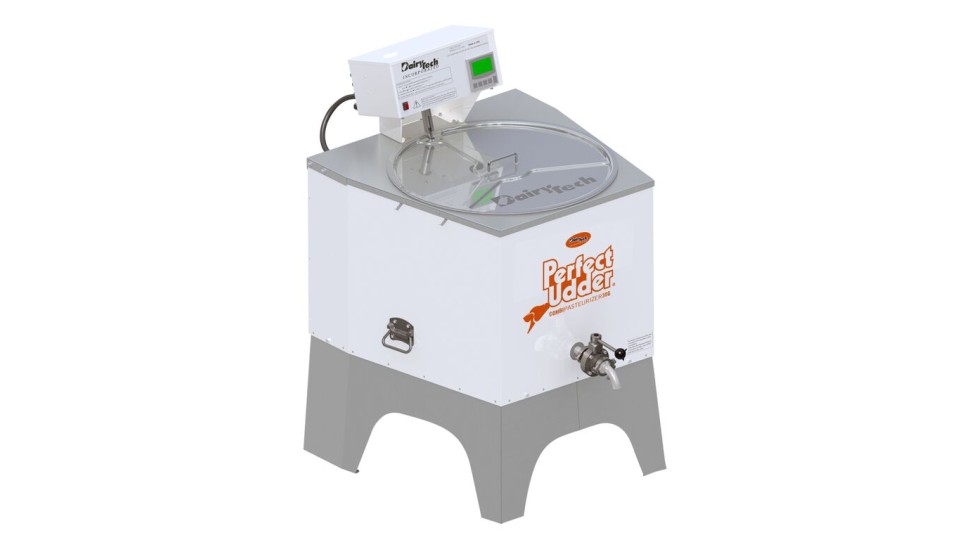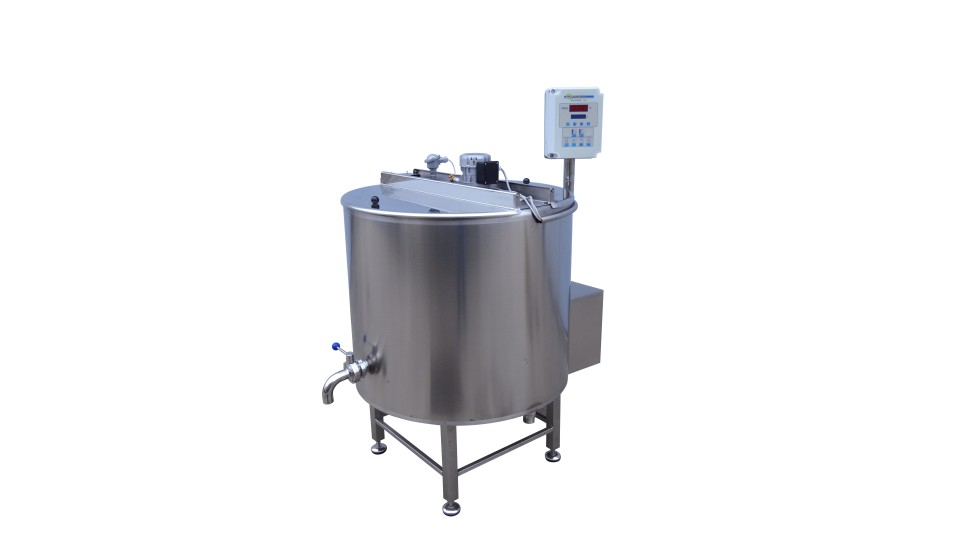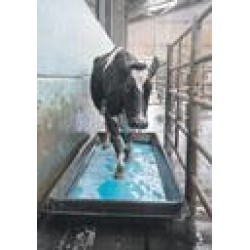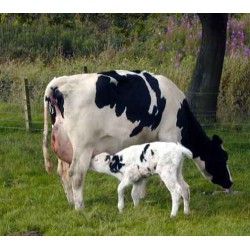Rearing calves in cold weather
- Protect animals from the Wind. Wind markedly increases cold stress. Producers should provide housing that allows a space for calves to have fresh air yet protects them from drafts. (A draught is an airspeed of 3 meters per second or more => 15m/h). Ventilation is required to provide the required number of air changes.
- Bed well.
Providing adequate dry bedding makes a significant difference in the ability of calves to withstand cold stress. Bedding should be clean, dry and deep enough to completely hide a calf’s legs when they’re lying down. Proper insulation will help calves stay warm without relying on energy reserves to regulate body temperature. A deep bed of long-stemmed straw allows caves to burrow in and preserve body heat. One way to determine proper bedding depth for cold weather is to look at the calf while it is lying down. If you cannot see the calf’s feet, the bedding is deep enough - Calf Coats should be used to help keep them warm. Dairy calves aren’t what they used to be! Thin skinned and little flesh. The benefit from using a calf coat for the first 4 weeks of life is like “night & day”.
- Keep Calf clean and dry
The calf’s coat must be clean and dry to provide maximum protection. Dirt or moisture on the coat reduces its insulation value dramatically. - Feed Well. Young calves at freezing temperature need 20% more energy, so that means 20% extra powder in the mix or 20% more real, pasteurised milk. Ironically, most farmers do not change their feeding rates in winter.
- Early rumen development is vital- The rumen is a great heat producer for the calf. “The ReadyBrek Effect” helps keep the calf warm and comfortable. Provision of a fresh starchy calf pellet, clean water and long fibre are needed. Before rumen development, the calf produces very little heat and also as a result, does not produce a “stack effect” of rising air in the shed. This is why mechanical (and draught free) ventilation is important to get enough air changes in the shed.
We can’t control the weather but we can do everything reasonable to reduce the effects of cold on calves. A well-managed calf can survive and thrive in cold temperatures.






